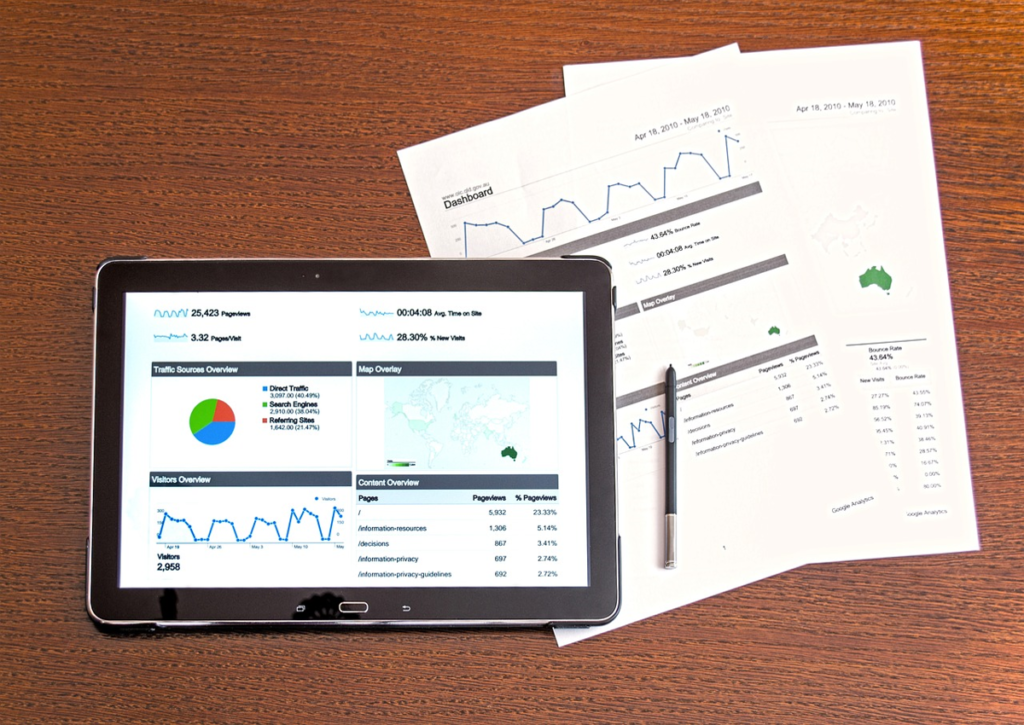3 Effective Methods for Valuing a Business

Knowing how to value a business accurately is a critical aspect of owning and operating a company that you want to expand and improve. It is an essential skill to have—whether you are thinking about buying a business, selling one, or you want to demonstrate to venture capitalists or lending institutions what the value of your business is in order to obtain further financing.
However, accurately assessing and valuing a business can be a complicated process nowadays. It’s no longer as simple as determining accurate values for company-owned assets. There are a number of intangible components business to be considered which add to the overall value of your firm as a whole. Thankfully, there are different methods that can be used to value a business with each taking different approaches that can help to simplify this process.
Although there is no exact science or single method that is used for accurately valuing a business, there are several common business valuation methods available. We’ll discuss them in this article so that you can use them to determine a realistic and accurate value for your company, particularly when you take a comprehensive approach.
1. Income Approach
This a fairly straightforward business valuation approach where the value of a business is based on its ability to produce income. Within this approach, there are three different income-based methods that may be used too.
- Discounted cash flow: Several factors are considered and examined by this method, including net cash flows, the investment required for maintaining cash flow, and a company’s potential long-term sales price.The business is basically valued based on how much income it is able to produce over a certain time period. A discount rate is then applied to those future streams of cash flow, to take time value of money into consideration. When using the discounted cash flow method, the drivers of value are the amount of profit that a business is expected to earn in the future and how stable and reliable those estimated earnings are.
- Capitalization of earnings: This method looks at the expected earnings of a business and then divides it by the capitalization rate, which represents how much risk is involved in investing in that business. The business is valued based on how likely it will be able to generate returns over a certain amount of time.
- Multiple of discretionary earnings: With this method, the value of a business is computed by taking the discretionary income stream and then multiplying it by various industry, business, and owner factors.
2. Asset Approach
This approach, instead of looking at the earnings potential of a business, calculates a fair market value for the assets that are owned by the business. That may include things like patents, real estate, equipment or even digital assets—such as domain names. Anything that can potentially be sold on is usually considered to be an asset.
Asset accumulation method: Both intangible and tangible assets are compiled into a spreadsheet, along with all liabilities. The difference between the assets and liabilities is considered to be the value of the business assets. This is basically the amount of money that would remain after a company sold off all of its equipment, other physical assets, and intellectual property before settling its debts.
3. The Market-Based Business Approach
With this business valuation approach, the amount that the market will likely pay for the business is what is considered. There are two major methods that are used to compute it:
- Publicly traded company method
- The comparative market transaction method
With both of these valuation methods, other businesses similar to the company being valued are looked at to see how they compare in terms of value.
It can be used by businesses looking to sell on the basis of their brand—which might be viewed as having more potential compared to what is shown on the balance sheet. The problem with this method is when apples-to-oranges comparisons are made, where the companies are not really that similar. This can lead to inaccurate valuations.
Use All Three Valuation Approaches
Quite often, the best method for valuing a business is to take a comprehensive approach that draws on each of the major methods mentioned above. Business owners and CEOs who are able to easily and comfortably discuss the differences between their comparative sale price with other companies, their asset valuations, and their income streams will stand the best chance of obtaining a good price for their business. Having a comprehensive value of your business is also useful for helping you raise capital, whether through a business loan or investors since it demonstrates you have a thorough understanding of the value of your business based on an all-embracing approach.
The Valuation Master Class
The Valuation Master Class is an on-demand online course that trains attendees to become company valuation experts. Graduates can confidently value any company and possess the in-demand industry skills needed to succeed as investment bankers, asset managers, equity analysts, or value investors.
Click here to learn more about Valuation Master Class Foundation.
The Valuation Master Class Boot Camp presents the Valuation Master Class Foundation material in a 6-week guided online course format. Daily live sessions, teamwork, progress tracking, and the intensive nature help guide attendees to completion. The final company valuation project and presentation is tangible evidence of the attendee’s practical valuation experience and dedication to building a career in finance.
